7 ways to get rid of groundhogs without hurting them
Here’s how to get rid of groundhogs humanely
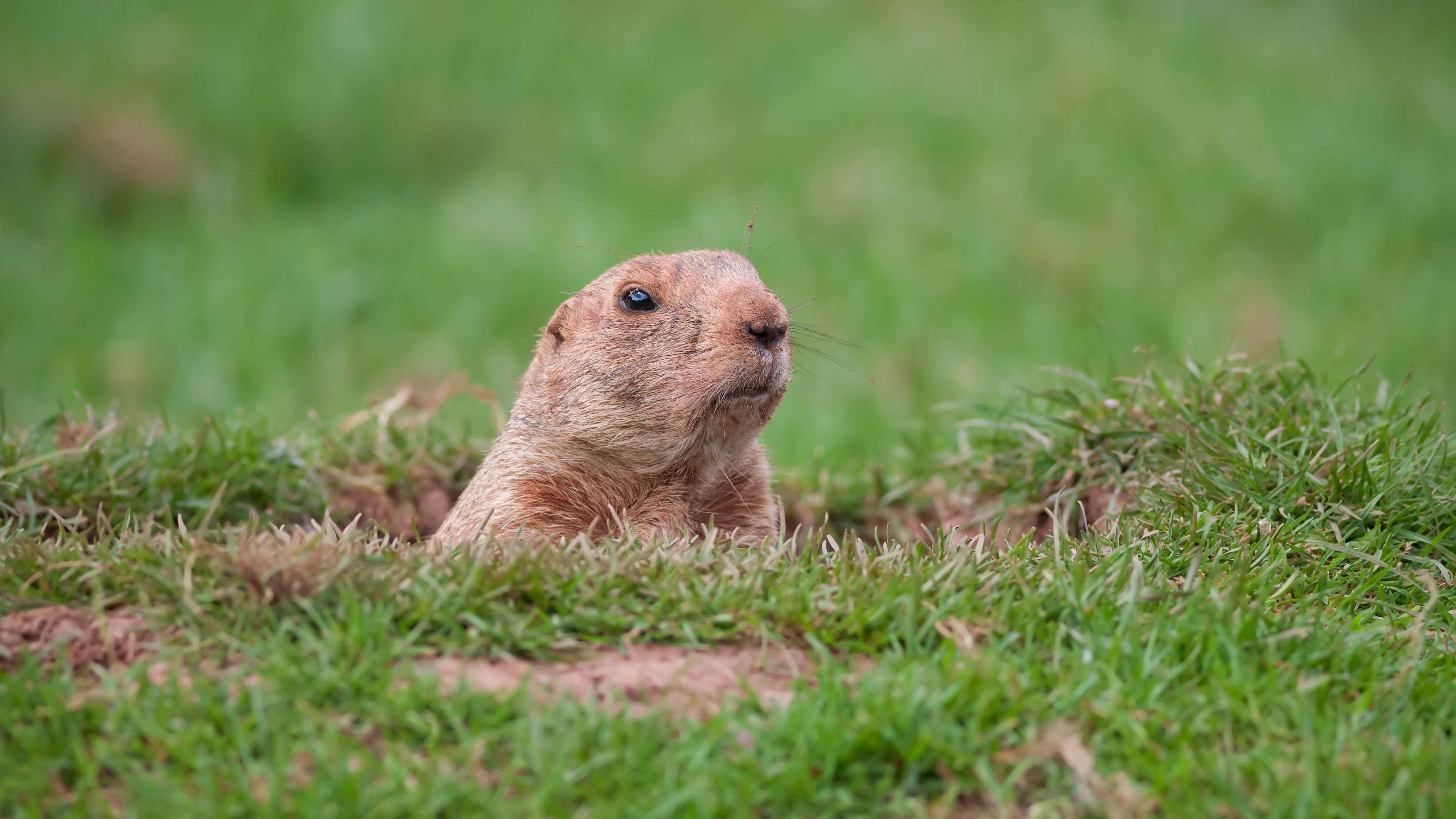
Groundhogs are cute, but nonetheless frustrating pests, much like squirrels. Being more sizable versus moles and gophers, they can upturn significant areas of your lawn as they emerge from the ground. And with a taste for fruit and vegetables, they can easily destroy any plants or flower beds which happen to get in the way of a meal. Their appetite doesn’t stop there either; groundhogs will also eat insects as well as clover and grass, so your yard might be providing a smorgasbord without knowing it!
Groundhogs should always be dealt with humanely — according to The Humane Society “these nearsighted mammals play an essential role in the ecosystem by providing food for larger predators. Their burrows also offer shelter to foxes, reptiles, amphibians and others.” Add to that, you don’t want to introduce harmful chemicals to the environment as part of their removal, or risk exposing yourself or any animal to this toxicity. Luckily, we’ve found 7 ways you can humanely remove groundhogs, so you can grow next year’s harvest in peace.
Before we begin, take care not to remove groundhogs during the breeding season, which tends to be in the springtime, from March to May. Wait until the babies have left the nest, which will be done by the late summer. During the winter, they will go into hibernation and will be inactive until the following breeding season. But, between July and September, there are some methods you can try.
Also, keep in mind that groundhogs can carry rabies and can bite. Reach out to a professional if you suspect rabies or you're uncomfortable dealing with these rodents yourself.
1. Remove food sources
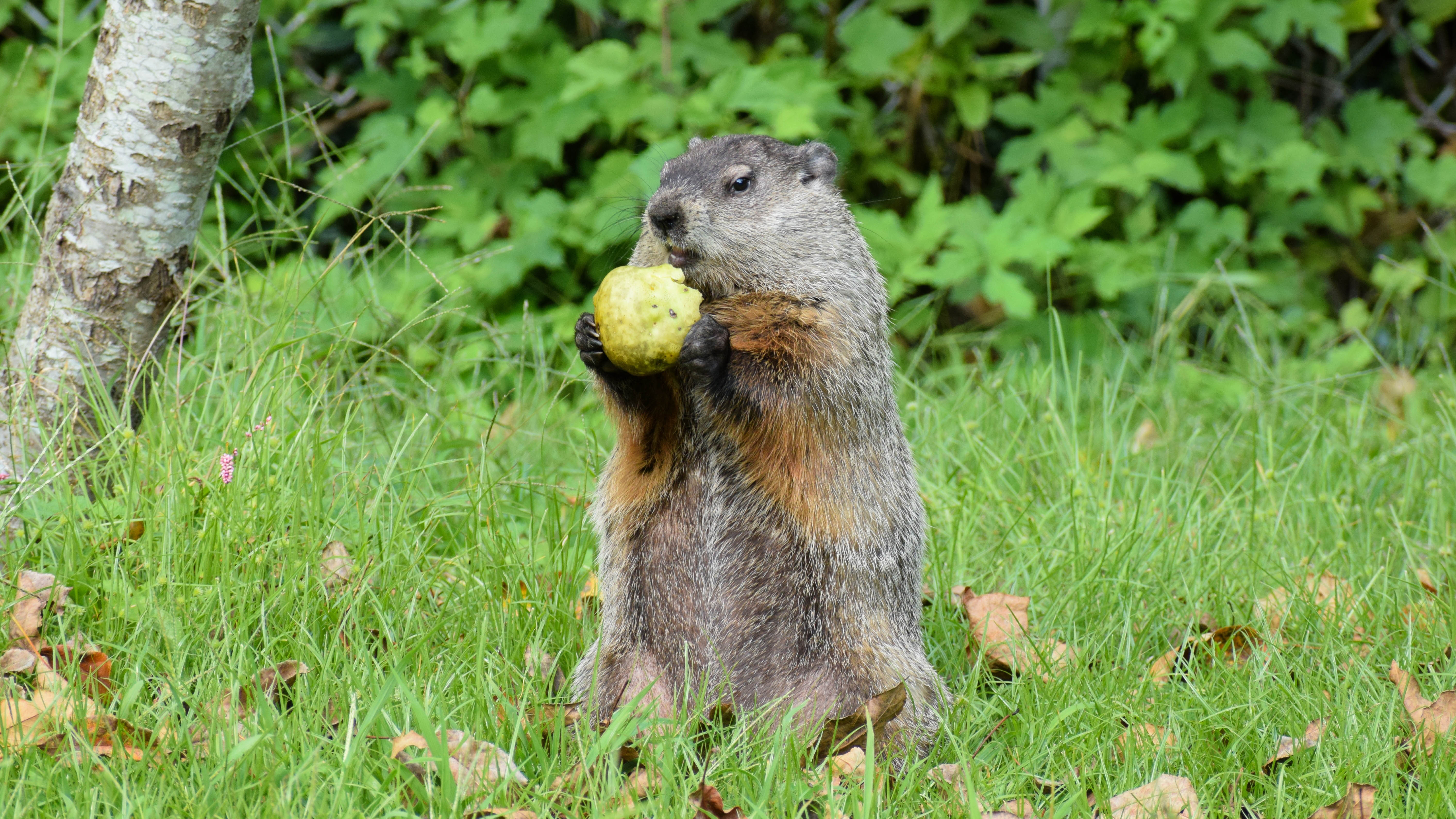
First, groundhogs are predominantly herbivores, drawn to all kinds of food — particularly fruit and vegetables, as well as clover and dandelions. If there are obvious sources of any of these in your yard, you should remove them where you can, or at least make them less accessible.
If your lawn is laden with clover, you can remove it by hand while wearing a pair of the best gardening gloves, or spray it directly with distilled white vinegar — although keep in mind that this will damage any grass it makes contact with as well. Clover does have beneficial qualities for your lawn; it protects the ground from weed seeds and attracts beneficial pollinators, but if you suspect this is the prime attraction for groundhogs, removing it might save you some damage.
Pull any rogue dandelions you spot, using a tool such as Grampa's Weeder ($39, Amazon). If you’ve got fruit trees in your yard, make sure you collect any fruit as it falls. Don’t leave unnecessary sources of wood laying around either — groundhogs love to chew on this and it can be another attraction. Keeping your yard tidy and well-maintained in general is a great first step to deterring groundhogs.
Sign up to get the BEST of Tom's Guide direct to your inbox.
Get instant access to breaking news, the hottest reviews, great deals and helpful tips.
2. Homemade repellent
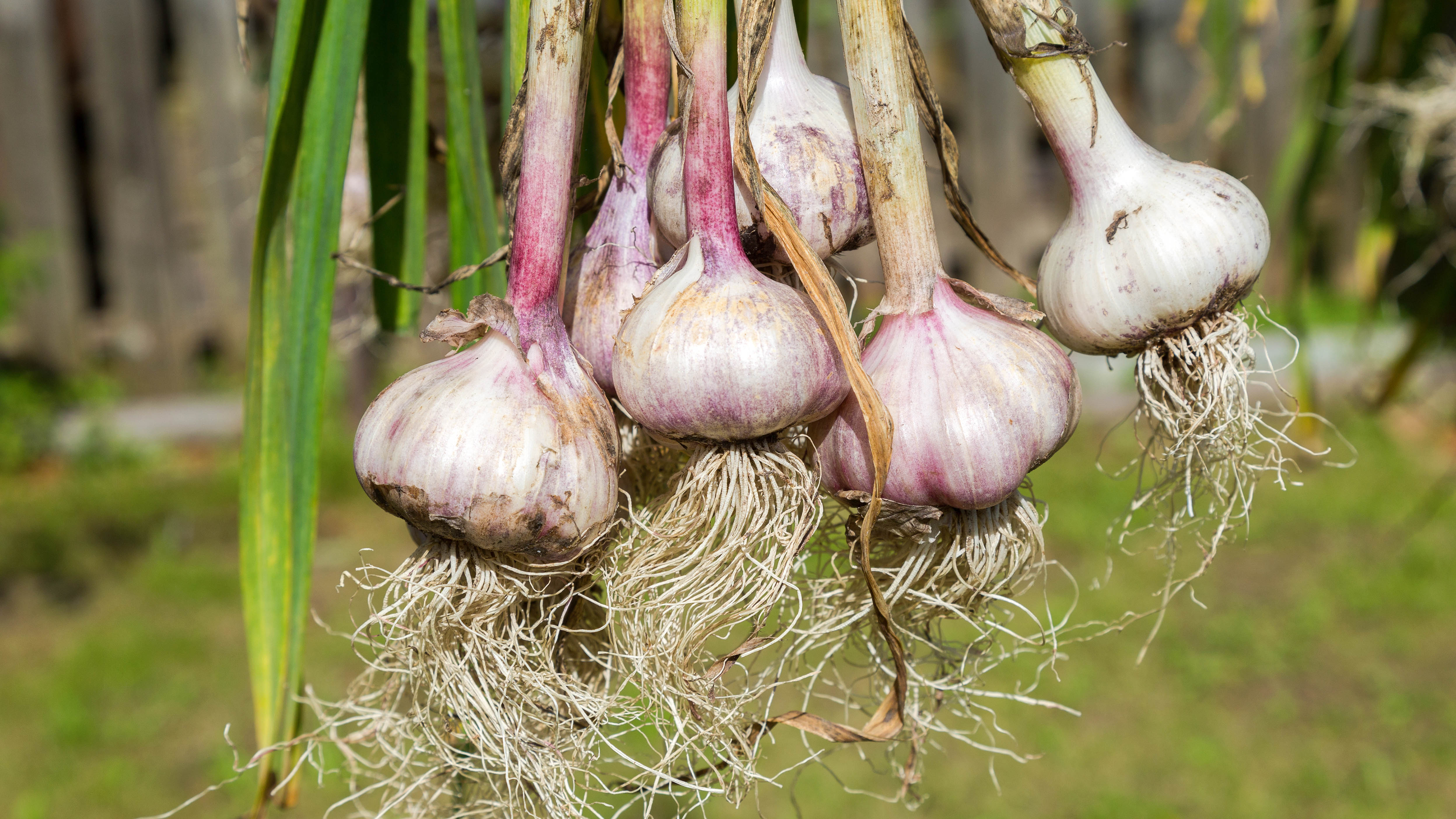
There are natural repellents you can buy which will deter groundhogs. An example of this would be TSCTBA Mole and Vole Repellent ($19, Amazon). These tend to create an unpleasant scent or taste to ward off groundhogs.
Alternatively, you can create your own homemade repellent using castor oil. Groundhogs can’t stand this smell and it’s a primary ingredient in many commercial repellents as a consequence. Simply mix ½ cup of castor oil with 1½ cups of water in an empty spray bottle, then apply around the entrance to the burrow. You will need to reapply it regularly as it fades, or when the rain washes it away.
If you don’t have castor oil in your kitchen cabinet, certain spices can work well too. Groundhogs dislike overwhelming smells, and the scent of lavender, garlic, mint, rosemary, thyme and cayenne pepper can put them off. You can either sprinkle traces of these around the burrows, or plant them directly in your yard for an effective barrier.
If moles are a problem, we’ve found 7 plants that repel moles.
3. Make the environment uncomfortable
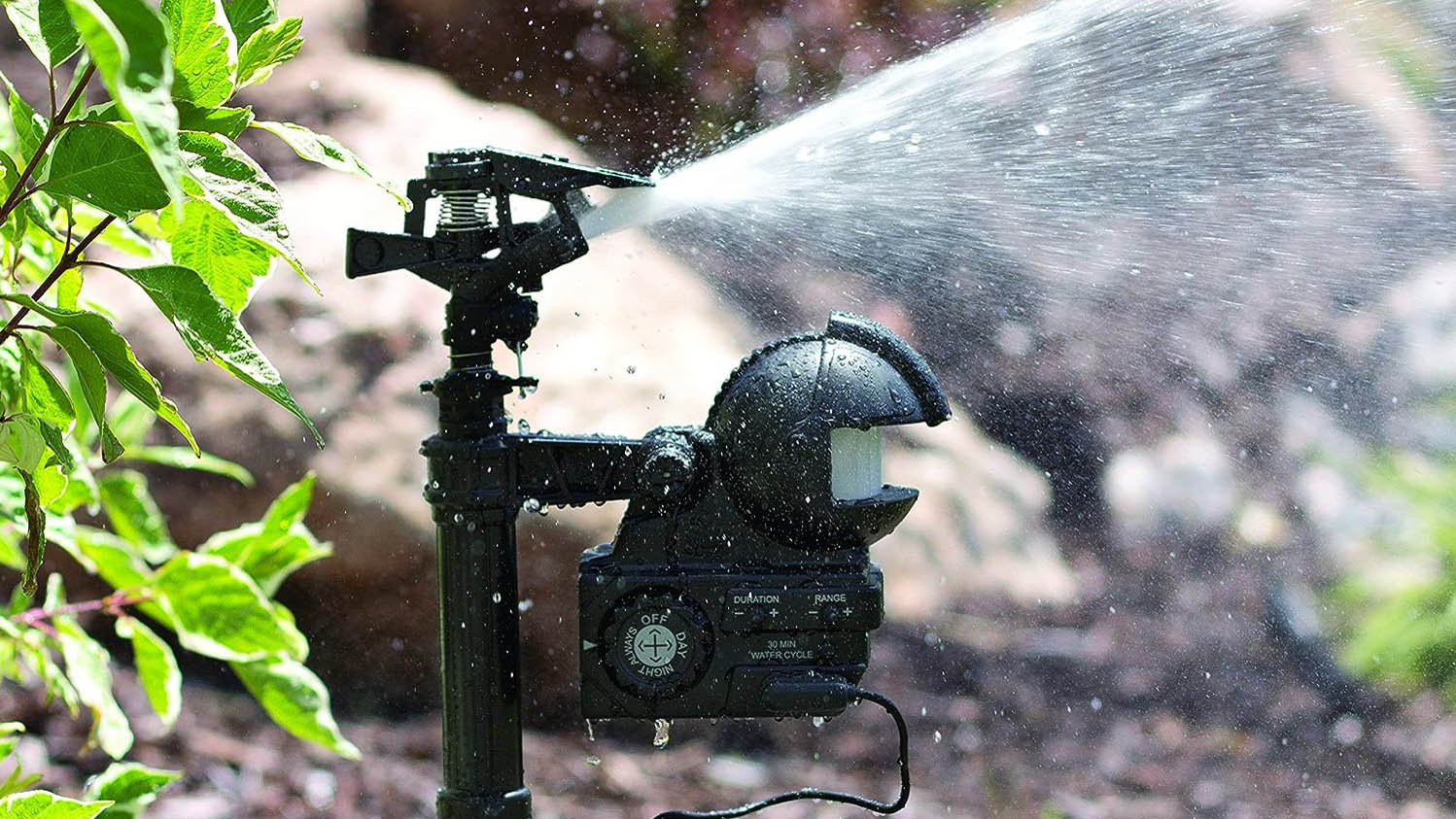
If you regularly spot groundhogs on the surface (they spend more time above ground versus moles), a motion-activated sprinkler can help. These are used to repel all kinds of unwanted pests, including raccoons, by spritzing them with water when detected. This creates an uncomfortable environment and discourages them from the area. An example of this would be Orbit 62100 Yard Enforcer Motion-Activated Sprinkler ($84, Amazon).
You can also buy solar powered ultrasonic stakes, such as these Careland Solar Mole Groundhog Repellent Stakes ($26, Amazon). These can be strategically placed to emit a high frequency sound into the ground which groundhogs find disturbing.
4. Predator urine

Groundhogs have natural predators, including hawks, coyotes and foxes. But, they’re no fan of our cats and dogs either, so if you’ve got a pet at home, take advantage of that threat. Let your pet mark their territory in your yard and patrol the space regularly, so their presence is known. The urine can scare groundhogs away.
Kitty litter can be an effective deterrent for the same reason. Sprinkle used litter around the burrow entrances for full effect. Clay litter won’t break down, so this will need to be collected and disposed of properly once the groundhogs are gone. Biodegradable litters can be added to the compost heap once you’re finished.
If you don’t have a pet, you can buy predator urine online, so you can still take advantage. An example of this is American Heritage Industries 16 oz Coyote Urine ($25, Amazon).
5. Live traps
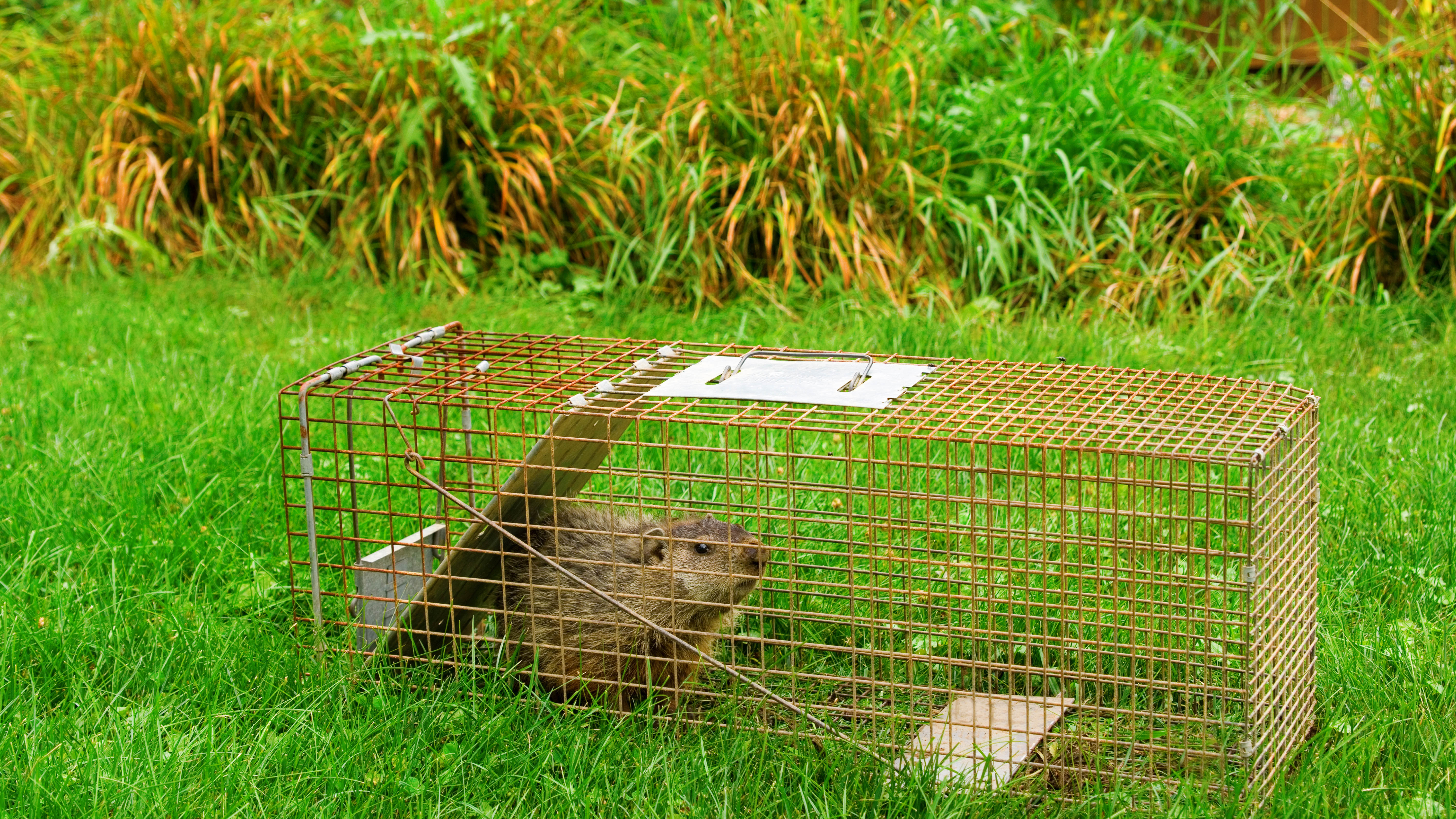
If groundhogs still persist, you can purchase a live trap to catch and relocate your unwelcome guests. But, first you must check your local laws to make sure you’re adhering to them. In some territories, you need to call in a professional to relocate a groundhog, while in others, relocation is illegal. You can call local wildlife animal control services to find out the rules and guidance.
If relocation is permitted and you’re opting to catch the groundhog yourself, just make sure the trap is large enough for the purpose. These are available from local home department stores as well as online. This Animal Trap from the LifeSupplyUSA Store is a good example ($108, Amazon). Try to place the trap where the groundhogs frequent, near to the burrow, and use a bait such as peanut butter, corn or cantaloupe. Make sure the bait stays fresh for the best chance. You will need to check the trap at least daily — you don’t want to leave a groundhog trapped for longer than necessary.
The groundhog will need to be moved a significant distance (at least 10 miles) from your property, and it will need to be released in a suitable habitat, or it can result in the groundhog’s death. Again, consult animal control to confirm acceptable locations. We recommend getting a professional to handle the trapping and relocation of a groundhog, then you know it’s at a safe distance and will survive the transfer.
6. Plug holes
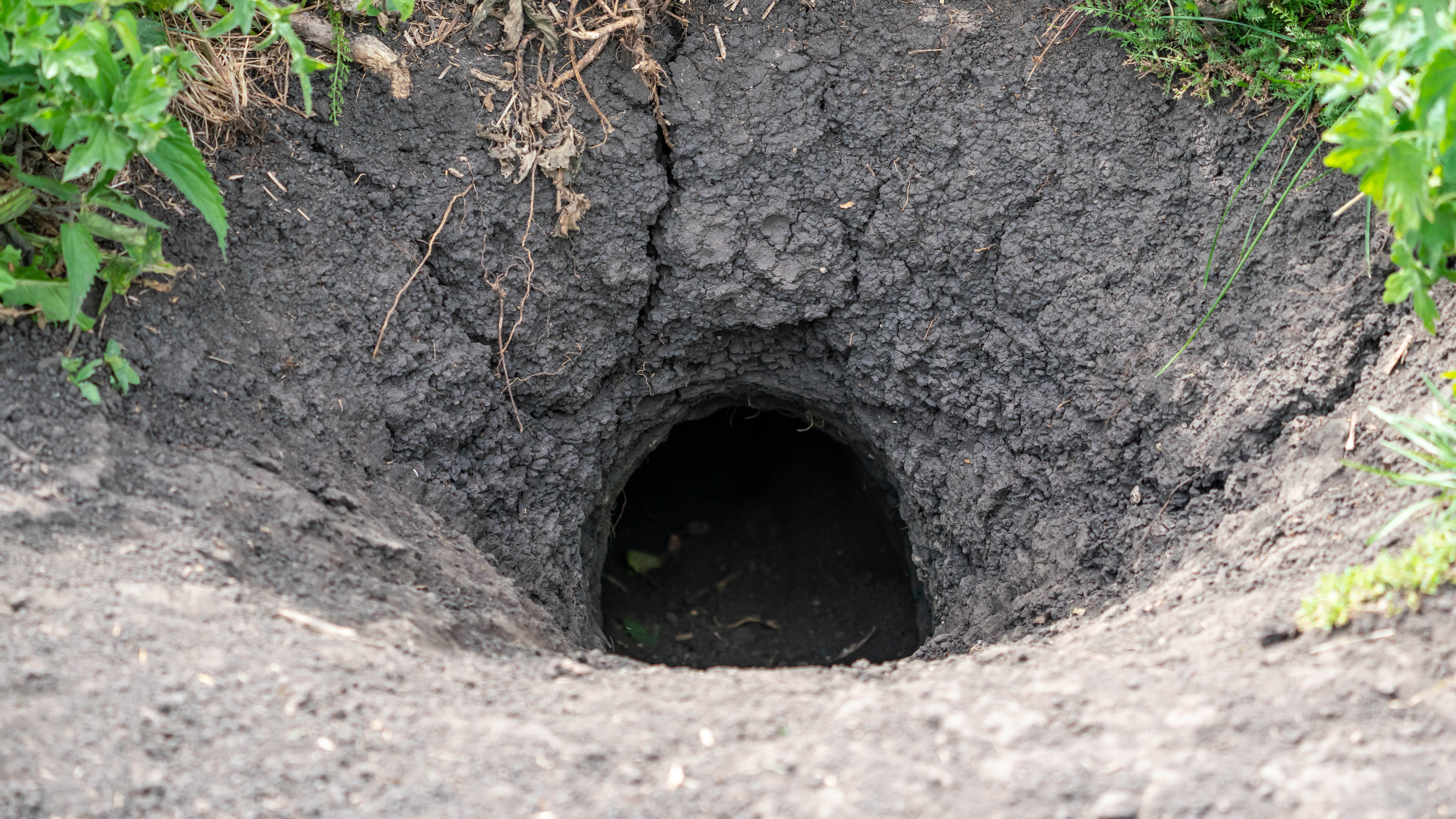
Once you know the groundhogs have vacated — whether for good or just for a meal, you can plug in the burrows to discourage them from returning and to stop future groundhogs from taking up residence. It’s best to do this using stones or gravel — groundhogs can easily re-dig through a layer of topsoil alone. Fill the burrow entrance and compact it. If you’re worried about groundhogs digging around the stones, you can place and conceal a section of chicken wire on top to fully secure the surface and discourage future visitors. Groundhogs often leave the burrow during the early morning as they eat, so this is a good time to block the entrance. Another option is to fill the burrow with water as the burrow is empty — this forces groundhogs to find a new home elsewhere.
Do not fill a burrow entrance if you’re unsure whether there are still groundhogs below — if you trap them in, it could lead to further damage as they find another way out. Take care with the time of year you choose to do this as well. As mentioned earlier, groundhogs may be hibernating or raising young. Stick to mid- to late summer for filling in holes.
7. Install a fence
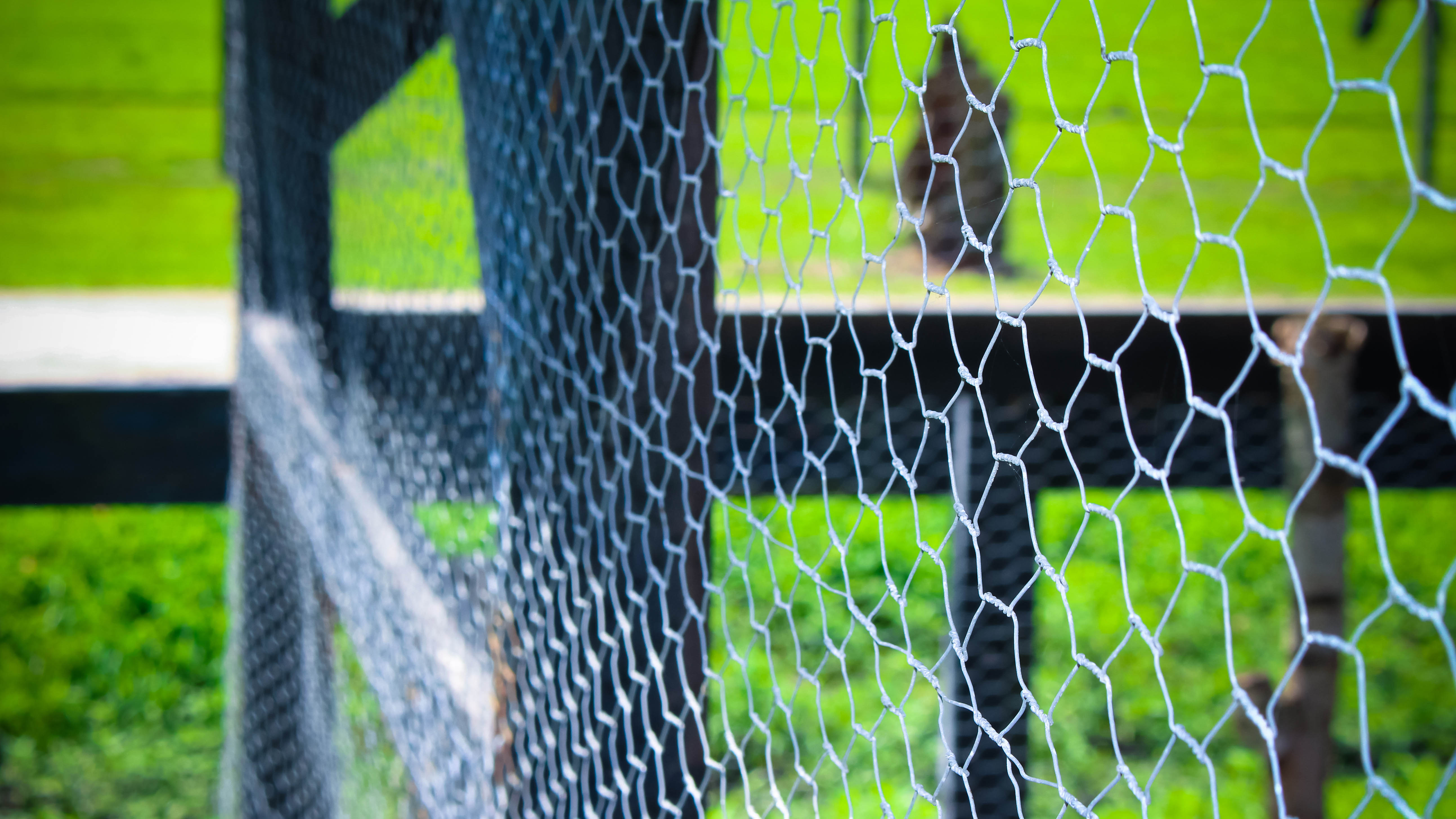
Once the groundhogs are gone for good, there are things you can do to prevent future visitors. One method is installing a fence around your yard which reaches deep enough into the ground to prevent groundhogs from tunnelling their way in. It should be buried at least a foot underground and bent at a 90-degree angle facing outwards. Bear in mind that groundhogs can climb as well, so it should reach 3 feet in height — the top portion bent outwards once again. Chicken wire can make for an effective fencing material.
Make sure you protect, or fence off, any plants which produce fruit and vegetables as well. We’ve found the 7 best vegetables to grow indoors, if you want to make sure they’re safe.
If none of the above methods work, it might be time to call in a professional to help. Always try natural methods first before resorting to chemicals. Make sure you always deal with groundhogs humanely.
More from Tom's Guide

Katie Mortram used to be a Homes Editor for Tom's Guide, where she oversaw everything from kitchen appliances to gardening tools, as well as smart home tech. Specializing in providing expert advice for cleaning and home manintenance, she now works as Household Advice Editor for Good Housekeeping.
